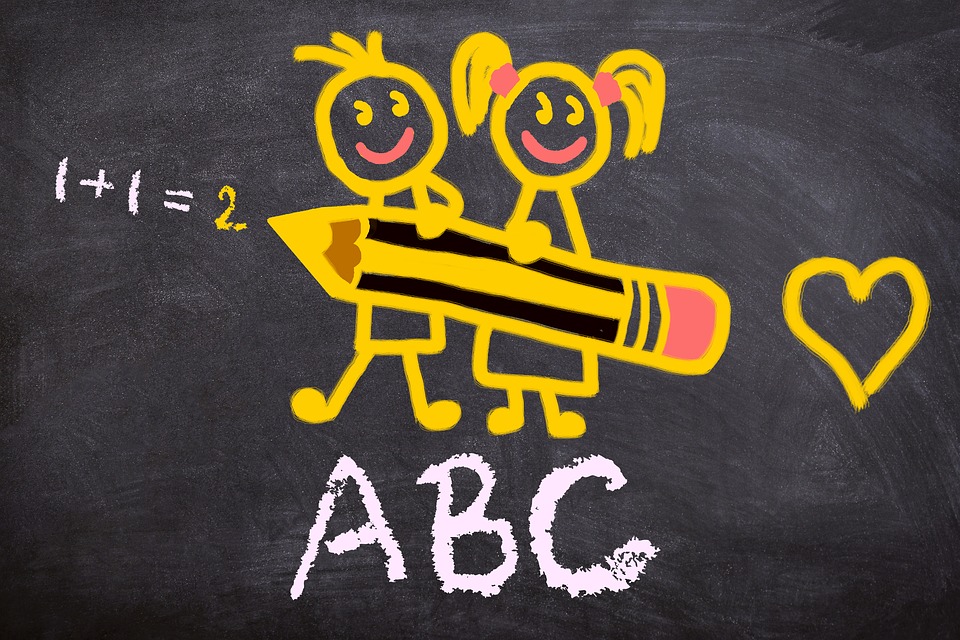The education profession is in a crisis. The world that we are living in is constantly changing, the amount of information that people need to have to be successful is increasing, and the type of information that our students need to know is changing. Educational leaders need to adapt their curriculum and provide training in cultural diversity to their staff to create an inclusive educational experience to their students. Testing scores are going down in many countries around the world, and politicians are worrying about how to help their young citizens become productive citizens.
They want to make sure that their country can compete on an international stage, and that all of their students are receiving the best and most equitable education. In the changing world of the 21st century there are many uncertainties, chief amongst them is the question of how to make sure that a countries’ educational system is helping students compete successfully in the changing world of the 21st century. The only certainty is that there are many issues that the educational establishment needs to deal with if they are going to make sure that their students have the tools to become successful adults. It is important for educational experts to be successful in this endeavor, because, than they will have achieved a measure of economic stability, social equality and justice.
It is vitally important that educational professionals are successful in this effort. We live in a world defined by many crises. Countries deal with environmental crisis, social crisis, and many unsustainable practices. There are threats posed by globalization and there is a crisis of democracy. Many profound thinkers believe that the greatest crisis of all is the educational crisis. The amazing technological changes that are occurring with great rapidity have put increasing pressure on our educational and the issues are becoming increasingly more complicated and the decisions that need to be made are increasingly more challenging. It is also increasingly more important as the world becomes smaller and smaller and competition for jobs becomes greater.
The education profession is working very hard develop appropriate curriculums to make sure that they providing the right educational program for all of their students. Experts are examining and trying to analyze everything that might affect educational outcomes, from teach tenure, to rate of teacher transfer, to parent involvement, to standardized testing. There are multiple ways of assessing the meaning of some of the information. One of the tools that the educational profession is currently using to assess test data is a method called value-added assessment. The proponents of this method believe that they can look at the quantitative test scores that students have achieved over the years and then predict how the students are going to progress over the years. The value assessment system tries to measure the direct effect of quantitative educational factors like schools and teachers on academic achievement.
It is one tool that can be used to evaluate the effects of programs and policies. The assessment involves testing students annually to determine the effect of different elements of the education system (Misco, 2008). The value added approach collects outcome measures. It is guided by standardised indicators to determine the value being added to the achievement of the students served by particular components of the evaluation system, and reporting of the results for the purposes of policy evaluation, accountability and improvement. The aggregates rather than performance of individual students are the main interests of the evaluators. Value-added assessments allow evaluators to assess and evaluate the students’ learning trajectories as they progress over time from one grade to another (Eric, Lynley, Yough and Gimbert, 2010).
There are many things to be considered in teaching and learning, however. For instance, how can students learn and grow if they feel belittled and uncomfortable? What is the effect of teachers or principles moving? How can they learn if their teachers are continually changing? It is clear from the professional literature that the issue is very complicated and multi-dimensional, with many factors affecting the outcome for groups that need a lot of assistance to succeed. The Stronger Smarter Approach article addresses this issue. It discusses the Indigenous population in Australia. This is a conversation that can be transferred to anywhere in the world, it crosses cultural boundaries. It discusses issues that are affecting education in countries all over the world. How do you create an educational environment where students can feel comfortable learning without feeling threatened or belittled? Value-added assessments clearly help to identify issues affecting a community where the indigenous population feels disenfranchised and disrespected, and where the indigenous culture is not embedded. The Stronger Smarter Approach is an approach that educational leaders can easily adapt to other locations with other cultures. It is based on:
- Acknowledging, developing and embracing a positive sense of Aboriginal identity in schools;
- Acknowledging and embracing Aboriginal leadership in schools and school communities;
- ‘High expectations’ leadership to ensure ‘high expectations’ classrooms, with ‘high expectations’ teacher/student relationships;
- Innovative and dynamic school staffing models, especially for community schools; and
- Innovative and dynamic school models in complex social and cultural contexts.
(Luk3, 2013, 8)
Effective school leadership needs to understand how value added assessments are affected by multiple factors and learn assess those impacts…

Leave a Reply